- Joined
- Sep 22, 2008
- Messages
- 84,648
- Points
- 113
A typical chinese success story. From humble beginnings to prostitution, to piracy, thieving, pillaging and eventual retirement in gambling dens.
Ching Shih: The fearsome pirate queen of Asia
Noel Wong @ FMT Lifestyle
-
February 27, 2021 7:30 AM
170Shares
 140
140
 24
24


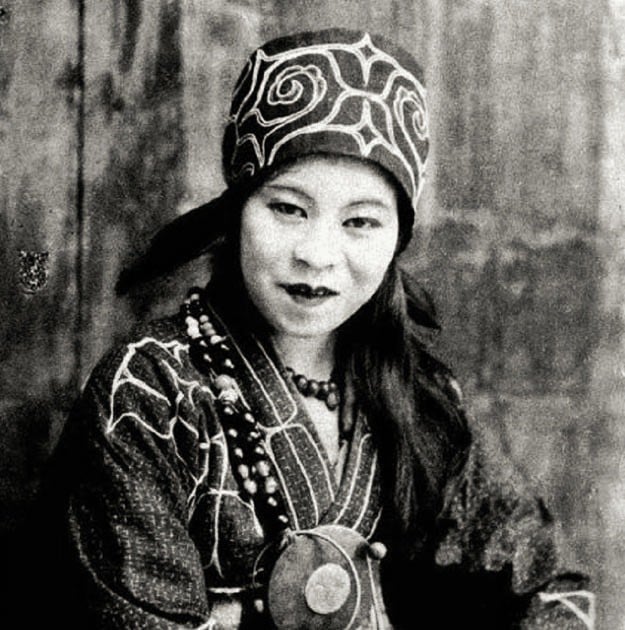 An undated portrait of a smiling Ching Shih. (Pinterest pic)
An undated portrait of a smiling Ching Shih. (Pinterest pic)
Mention the word “pirate” and most Malaysians will think of a large, bearded and scarred man with an eyepatch, a peg leg and a hook for a hand.
Less imaginative people would instead think of modern-day pirates, who are a somewhat more watered-down lot, equipped with motorboats and machetes.
Whatever they actually looked like though, pirates were a serious threat to any maritime civilisation, with early Malay kingdoms having to deal with them on multiple occasions.
Most people tend to imagine historical pirates sailing around in the Caribbean – thanks to a certain film series – but Asia had its own fair share of sea brigands.
Powered by Streamlyn
It may be hard to believe, but historically, one of the most fearsome and successful pirates in Asia was a Chinese woman named Ching Shih.
While some pirates commanded a small flotilla of ten ships at most, Ching went far beyond that, with over 1,500 ships and 70,000 men answering to her authority.
But who was this Ching Shih and how did a woman come to control the South China Sea?
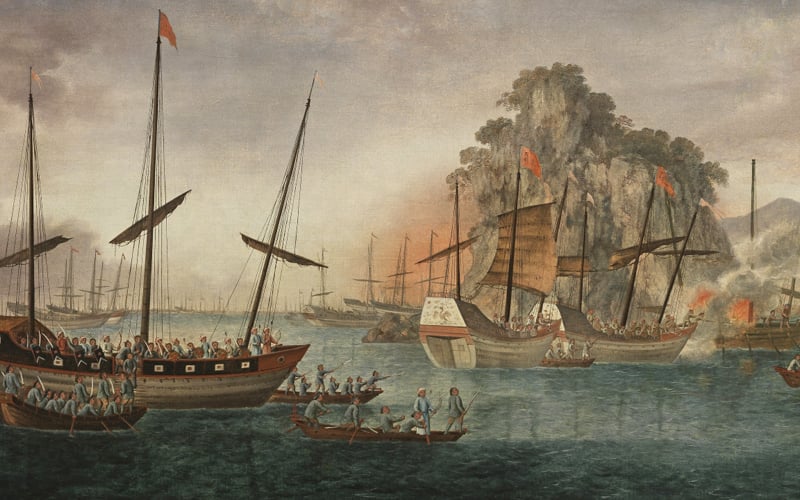 An old painting depicting a pirate attack launched by Ching Shih’s infamous Red Flag Fleet. (Hong Kong Maritime Museum pic)
An old painting depicting a pirate attack launched by Ching Shih’s infamous Red Flag Fleet. (Hong Kong Maritime Museum pic)
Born in 1775, Ching was a Cantonese girl who had humble origins, living on the streets before selling her body to get by.
While the job was hardly dignified, the charming Ching did meet many interesting people through her work.
Given that Chinese society back then was highly patriarchal, one of the few means that women could use to climb the social ladder was through personal relationships.
It was through these relationships that Ching profited, gaining a reputation for her business insight and her knowledge of trade and political secrets.
In 1801, she would tie the knot with a pirate named Cheng I, in a marriage that was surprisingly happy, with her husband treating her as an equal.
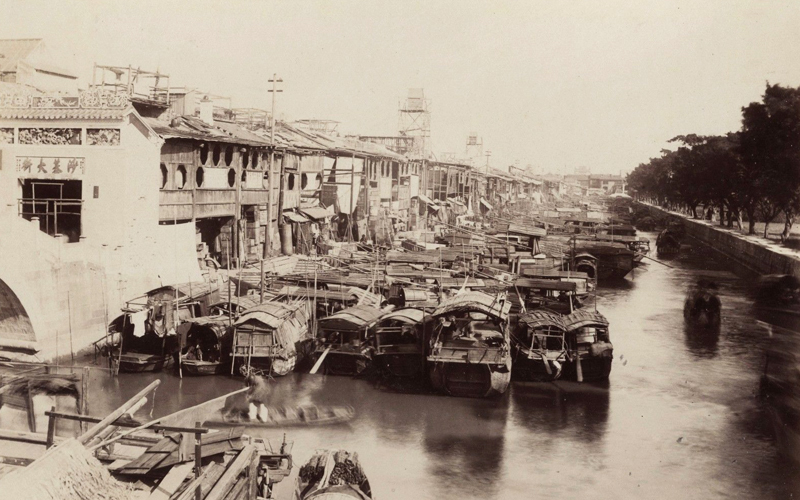 For most of its history, Guangzhou, or Canton, was an important trade hub as well as a hideout for pirates. (Wikipedia pic)
For most of its history, Guangzhou, or Canton, was an important trade hub as well as a hideout for pirates. (Wikipedia pic)
At the time, the South China Sea was a busy place laden with trade ships travelling between ports – which are lucrative targets for pirates.
There was also a war raging between Vietnam and China, with the Vietnamese hiring pirates from the Guangzhou region to harass the Chinese military.
Among these pirates was Cheng, who together with Ching, started amassing a small but professional fleet.
After the war was over, the pirate couple set about uniting the squabbling Cantonese pirate clans into a single force.
This group had over 70,000 members serving about 800 warships and 1,000 smaller vessels.
It was then divided into six fleets, distinguished by different coloured flags, namely blue, red, green, black, white, and yellow.
Unlike most historical pirates who tended to take government contracts, the pirate couple certainly did not answer to the imperial Chinese government.
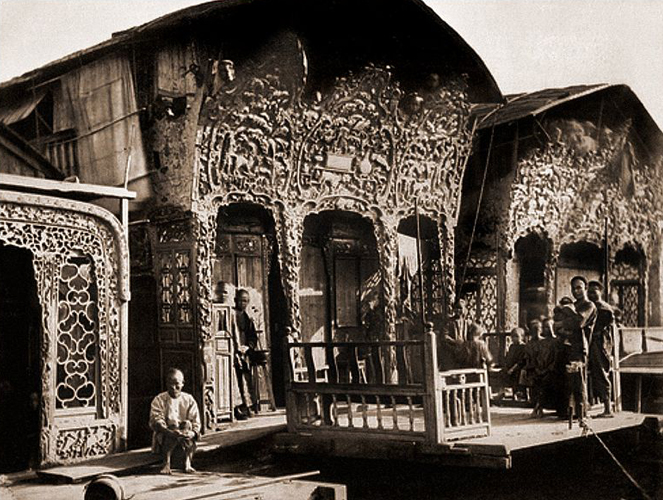 Floating brothels, also called “flower boats”, were a common sight in Guangzhou and were likely where Ching Shih first plied her trade. (Wikipedia pic)
Floating brothels, also called “flower boats”, were a common sight in Guangzhou and were likely where Ching Shih first plied her trade. (Wikipedia pic)
When Cheng died in 1807, Ching moved quickly to assert her control over the alliance, assuring its members that they would profit from her leadership.
To solidify her hold over the pirates, she remarried, this time to the leader of one of her more powerful squadrons, the Red Flag Fleet.
While she commanded a fleet of pirates, she was surprisingly firm on matters of discipline, and even came up with a progressive law code for them to follow.
Women who were captured on pirate raids were afforded protection from sexual assault, for one.
While pirates were allowed to marry them, abusing the women or cheating on them was forbidden on the pain of death.
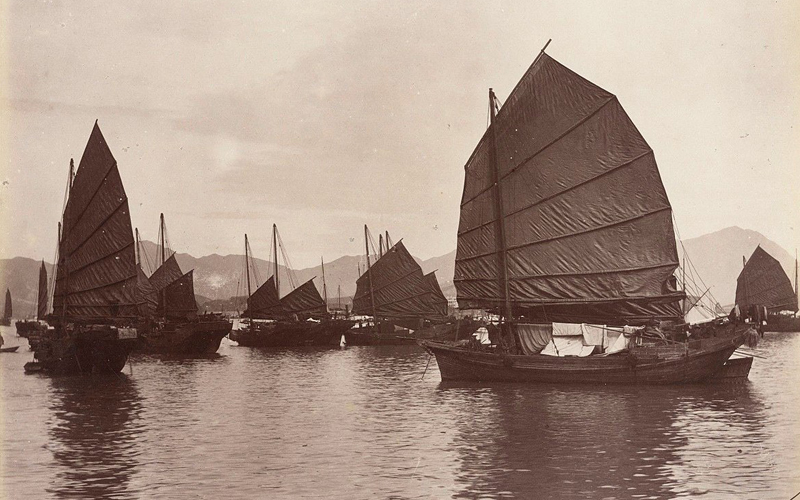 Junks at port in Guangzhou; ships that were not dissimilar to the ones that served under Ching Shih. (Wikipedia pic)
Junks at port in Guangzhou; ships that were not dissimilar to the ones that served under Ching Shih. (Wikipedia pic)
Ching was a formidable and competent leader, increasing her power as time went by, and the Red Flag Fleet’s ships were eventually armed with 200 cannons and 1,300 smaller firearms on its ships.
Military vessels of the Qing Dynasty were frequently attacked and sunk, with the government desperately hiring mercenaries to fight on their behalf.
The imperial court even sent naval commanders to try to capture her, only for these men to stay on dry land to keep out of Ching’s reach.
Some of them were desperate enough, that they sabotaged their own ships to avoid having to go out to sea.
With military resistance near non-existent, the pirates launched successful raids all across the southern Chinese coast.
Ching hardly limited her activities to the sea though, as she opened financial offices in towns and cities that allowed her pirates to force the locals to cough up protection money.
Her reputation was at its peak; in a single day, her pirates chased some American ships into Macau, captured a Portuguese vessel and intercepted a Siamese convoy ferrying tribute to China.
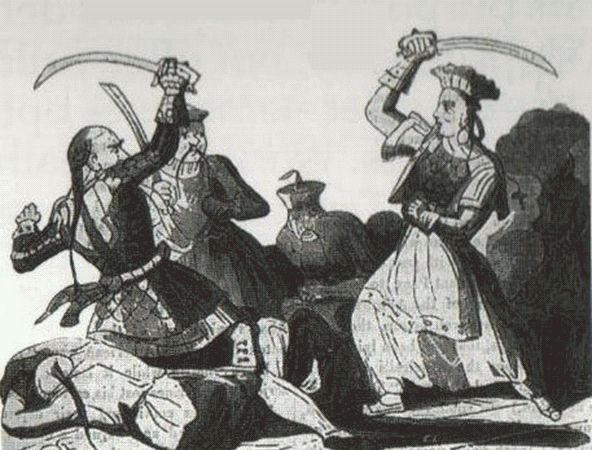 An 18th-century engraving depicting Ching Shih (right) in a fight. (Wikipedia pic)
An 18th-century engraving depicting Ching Shih (right) in a fight. (Wikipedia pic)
While some pirates ultimately met their end by being caught and executed or by being defeated in battle, Ching found a rather unique way out.
In 1810, infighting within the pirate alliance had weakened it, and modern European navies were gaining the upper hand over the pirates.
Coincidentally, the imperial Chinese government was also offering amnesty in a bid to stop the pirate raids.
Ching, realising that this was a rare opportunity, accepted and willingly ended her control of the group, allowing its subsequent dismantlement that year.
Her second husband, on the other hand, was allowed to keep 120 ships for himself and was made a naval officer.
Ironically, he became a skilled pirate hunter, and the former pirate queen comfortably lived off her husband’s status.
After his death in 1822, she would retire to Guangzhou with a son where she opened a successful gambling house.
Given that she lived a life of violence and hardship, she died peacefully and comfortably at the age of 69.
Her life was a rather strange one, but her exploits certainly did leave her a place in the history books as the pirate queen of Asia.
Ching Shih: The fearsome pirate queen of Asia
Noel Wong @ FMT Lifestyle
-
February 27, 2021 7:30 AM
170Shares





Mention the word “pirate” and most Malaysians will think of a large, bearded and scarred man with an eyepatch, a peg leg and a hook for a hand.
Less imaginative people would instead think of modern-day pirates, who are a somewhat more watered-down lot, equipped with motorboats and machetes.
Whatever they actually looked like though, pirates were a serious threat to any maritime civilisation, with early Malay kingdoms having to deal with them on multiple occasions.
Most people tend to imagine historical pirates sailing around in the Caribbean – thanks to a certain film series – but Asia had its own fair share of sea brigands.
Powered by Streamlyn
It may be hard to believe, but historically, one of the most fearsome and successful pirates in Asia was a Chinese woman named Ching Shih.
While some pirates commanded a small flotilla of ten ships at most, Ching went far beyond that, with over 1,500 ships and 70,000 men answering to her authority.
But who was this Ching Shih and how did a woman come to control the South China Sea?

Born in 1775, Ching was a Cantonese girl who had humble origins, living on the streets before selling her body to get by.
While the job was hardly dignified, the charming Ching did meet many interesting people through her work.
Given that Chinese society back then was highly patriarchal, one of the few means that women could use to climb the social ladder was through personal relationships.
It was through these relationships that Ching profited, gaining a reputation for her business insight and her knowledge of trade and political secrets.
In 1801, she would tie the knot with a pirate named Cheng I, in a marriage that was surprisingly happy, with her husband treating her as an equal.

At the time, the South China Sea was a busy place laden with trade ships travelling between ports – which are lucrative targets for pirates.
There was also a war raging between Vietnam and China, with the Vietnamese hiring pirates from the Guangzhou region to harass the Chinese military.
Among these pirates was Cheng, who together with Ching, started amassing a small but professional fleet.
After the war was over, the pirate couple set about uniting the squabbling Cantonese pirate clans into a single force.
This group had over 70,000 members serving about 800 warships and 1,000 smaller vessels.
It was then divided into six fleets, distinguished by different coloured flags, namely blue, red, green, black, white, and yellow.
Unlike most historical pirates who tended to take government contracts, the pirate couple certainly did not answer to the imperial Chinese government.

When Cheng died in 1807, Ching moved quickly to assert her control over the alliance, assuring its members that they would profit from her leadership.
To solidify her hold over the pirates, she remarried, this time to the leader of one of her more powerful squadrons, the Red Flag Fleet.
While she commanded a fleet of pirates, she was surprisingly firm on matters of discipline, and even came up with a progressive law code for them to follow.
Women who were captured on pirate raids were afforded protection from sexual assault, for one.
While pirates were allowed to marry them, abusing the women or cheating on them was forbidden on the pain of death.

Ching was a formidable and competent leader, increasing her power as time went by, and the Red Flag Fleet’s ships were eventually armed with 200 cannons and 1,300 smaller firearms on its ships.
Military vessels of the Qing Dynasty were frequently attacked and sunk, with the government desperately hiring mercenaries to fight on their behalf.
The imperial court even sent naval commanders to try to capture her, only for these men to stay on dry land to keep out of Ching’s reach.
Some of them were desperate enough, that they sabotaged their own ships to avoid having to go out to sea.
With military resistance near non-existent, the pirates launched successful raids all across the southern Chinese coast.
Ching hardly limited her activities to the sea though, as she opened financial offices in towns and cities that allowed her pirates to force the locals to cough up protection money.
Her reputation was at its peak; in a single day, her pirates chased some American ships into Macau, captured a Portuguese vessel and intercepted a Siamese convoy ferrying tribute to China.

While some pirates ultimately met their end by being caught and executed or by being defeated in battle, Ching found a rather unique way out.
In 1810, infighting within the pirate alliance had weakened it, and modern European navies were gaining the upper hand over the pirates.
Coincidentally, the imperial Chinese government was also offering amnesty in a bid to stop the pirate raids.
Ching, realising that this was a rare opportunity, accepted and willingly ended her control of the group, allowing its subsequent dismantlement that year.
Her second husband, on the other hand, was allowed to keep 120 ships for himself and was made a naval officer.
Ironically, he became a skilled pirate hunter, and the former pirate queen comfortably lived off her husband’s status.
After his death in 1822, she would retire to Guangzhou with a son where she opened a successful gambling house.
Given that she lived a life of violence and hardship, she died peacefully and comfortably at the age of 69.
Her life was a rather strange one, but her exploits certainly did leave her a place in the history books as the pirate queen of Asia.


